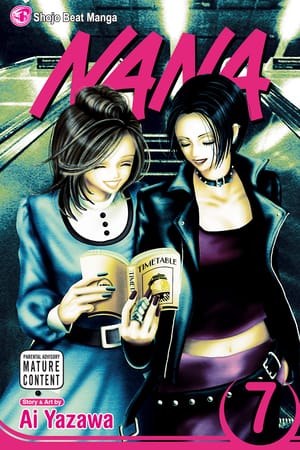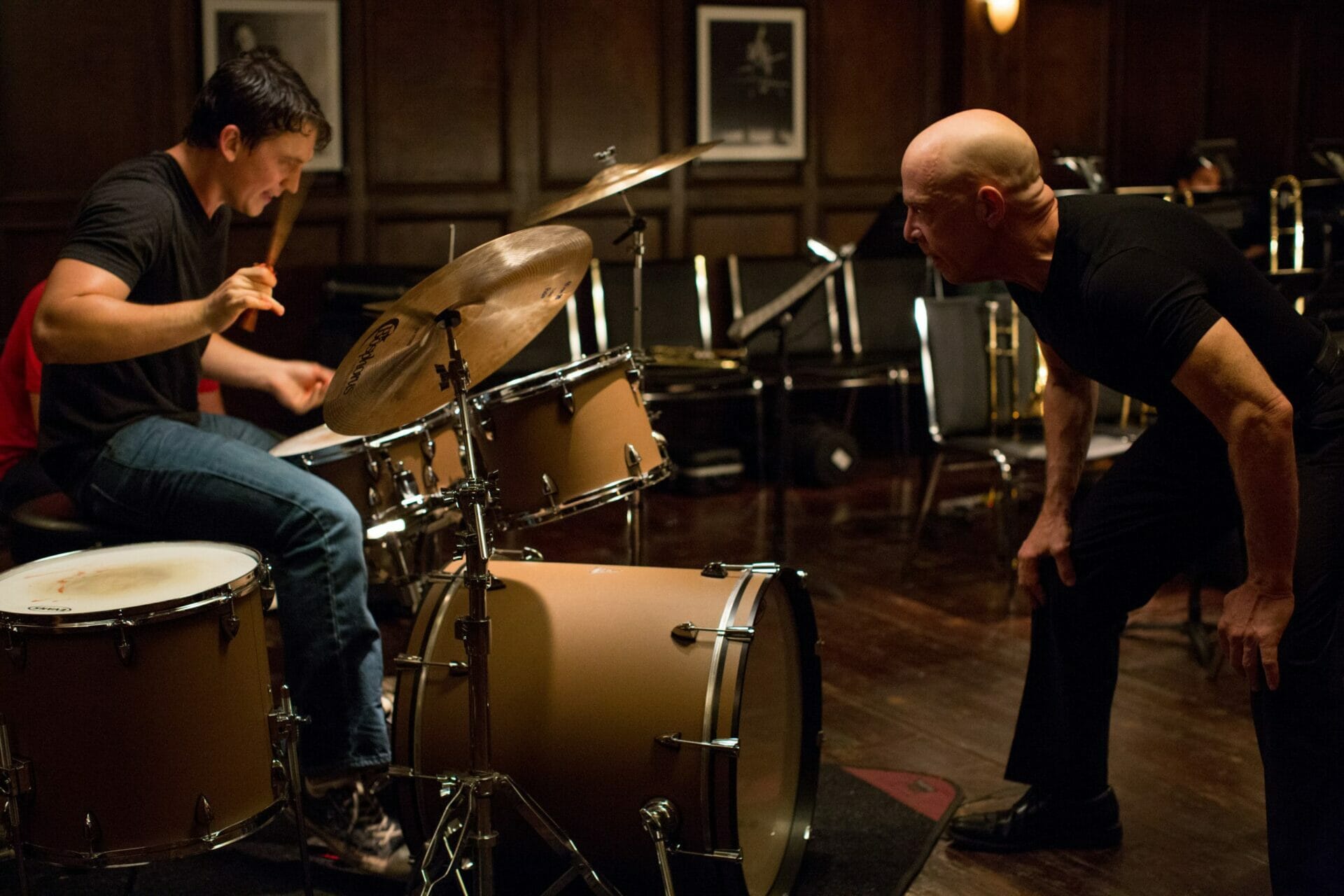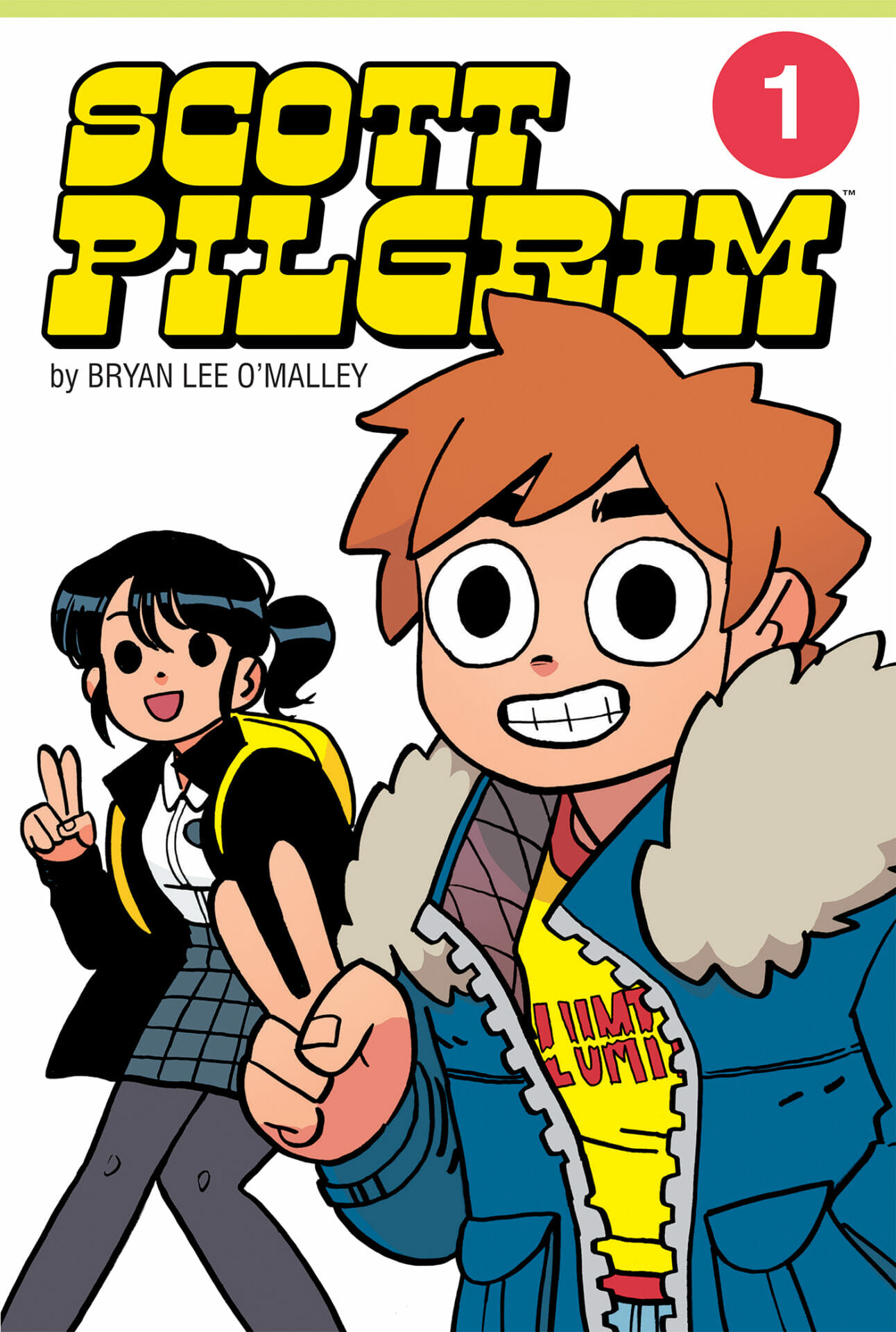
Nana by Ai Yazawa | A mature shojo sensation
Author
Year
The dreams we are chasing and the reality that is chasing us are always parallel: they never meet.
Nana Osaki
Created by Ai Yazawa, Nana starts as a simple slice of life revolving around two polar opposite protagonists. However, it soon evolves into an adult drama portraying themes of ambition, heartbreak and complex human relationships. Nana represents a revolutionary reading experience for its genre that delves deep into the emotional sphere of its characters. From 2000 to 2009 it featured on the manga magazine Cookie, before going on an indefinite hiatus. It won the Shogakukan Manga Award and received both an anime adaptation by Madhouse and two live-action movies.
Young adult narrative in Nana
Two young women cross paths on a delayed train heading to Tokyo. One is clad in leather and with a cigarette hanging from red-tinted lips: Nana Osaki, the lead singer of the Black Stones. She is determined to make a name for herself in the punk music scene of the capital, now ruled by her ex-boyfriend Ren‘s band, Trapnest. The other is Nana Komatsu – nicknamed Hachi – a hopeless romantic who dreams of starting a family. The two come to share the 707 apartment only to save on rent, but this fateful meeting will develop into a special emotional bond.

The two protagonists incarnate the reality of facing adulthood in the early 20s. This element subverts the shojo standard, which targets an adolescent audience and revolves around first romances and friendship. As is the case for popular titles such as Maid Sama! and Sailor Moon. Nevertheless, Nana does not limit itself to pre-established staples. It focuses on a different stage of life, conveyed in a way to reflects its maturity, which makes it more akin to the josei genre – manga oriented to young adult female readers. It never sugarcoats the struggles of growing up, nor it talks down to its audience. And this is the reason behind its ability to engage with the audience on a global level, transcending classification.
The influence of punk fashion
A trademark of Ai Yazawa’s art style is the attention to fashion, which already echoes in the series Paradise Kiss. As a former fashion design student, she always included contemporary trends in her works. A trait in common with Video Girl Ai‘s creator Masakatsu Katsura. The iconic slender silhouettes and proportions of her characters are made to resemble those of fashion sketches. Between plaid and pleated skirts, leather jackets and lace ruffles, the fine lineart conveys style down to the very detail. The presence of Vivienne Westwood accessories and clothing is a major example, as well as a nod to the designer of the British band Sex Pistols.
The roots of punk in Japan go back to the 70s, when it gained popularity overseas and influenced local fashion. This innovation marked the birth of numerous sub-styles in the following decades, like the Lolita fashion and Japanese hardcore punk style, still popular to this day. As such, the many outfits that feature in the manga are a direct product of this amalgamation. A choice not only distinctive of the early 2000s setting of the story, but also faithful to the historical influence of this specific musical scene.
The imperfection of human bonds
By alternating drama and comedy, Nana’s narrative managed to introduce a variety of complex themes in a way that resonated with millions of readers, from drug abuse to unwanted pregnancies, from dysfunctional relationships to the struggle of finding one’s path in life. The world of Nana is not an idyllic utopia like Cardcaptor Sakura’s – nor does it benefit from the magic realism of the graphic novel Are you listening? However, like the latter, it shows the complexity of human bonds through the lenses of their ever-evolving nature.

A prime example is the protagonists’ friendship, impacted to a significant extent by their mutual need for validation. Hachi, who feels dull and forgettable, looks up to Nana’s non-conformist attitude and thrives off being at her side. Meanwhile Nana’s fear of abandonment finds relief in the constant of Hachi’s presence, of whom she becomes very protective. Despite being born on codependency, with time their relationship grows into a healthier bond, marking the extent of their character arc.
When dreams and reality collide
The wishful onlook of adolescence permeates the beginning of Nana. At first glance, everything seems attainable in the big city, with one’s goals within arm’s reach. However, this initial focus shifts as reality sets in: dreams may come true, but at the price of an often tragic outcome (SPOILERS AHEAD). Hachi finds what she believes to be true love with Takumi, Trapnest’s bassist, only to end up in an abusive relationship. At the mercy of her partner’s egocentric and manipulative tendencies, she will need to make a life-changing decision. And while Nana’s career soars, her own love story declines under the weight of Ren’s addiction.
By illustrating the negative aspects of life too, Nana generates the heartfelt resonance that one-dimensional romances often lack. More than a cautionary tale, Nana is a coming-of-age story that speaks the language of its readers. One whose narrative is akin to the raw realism of the novel I’m not Scared. It invites the audience to look inwards and question their own motivations in life, which made it a publishing sensation for a whole generation.
Tag
Buy a ☕ for Hypercritic









